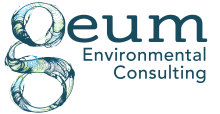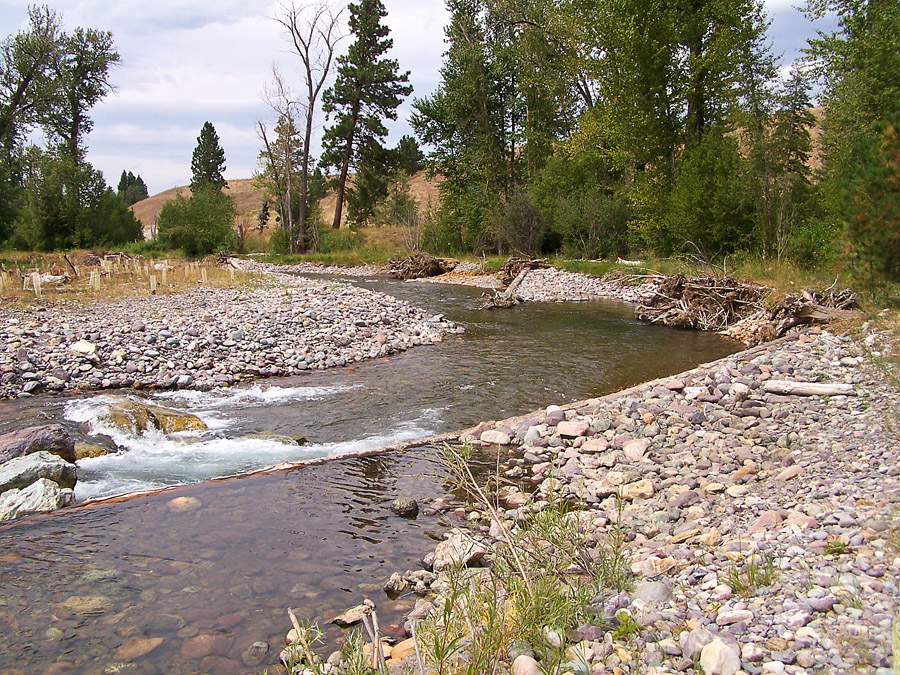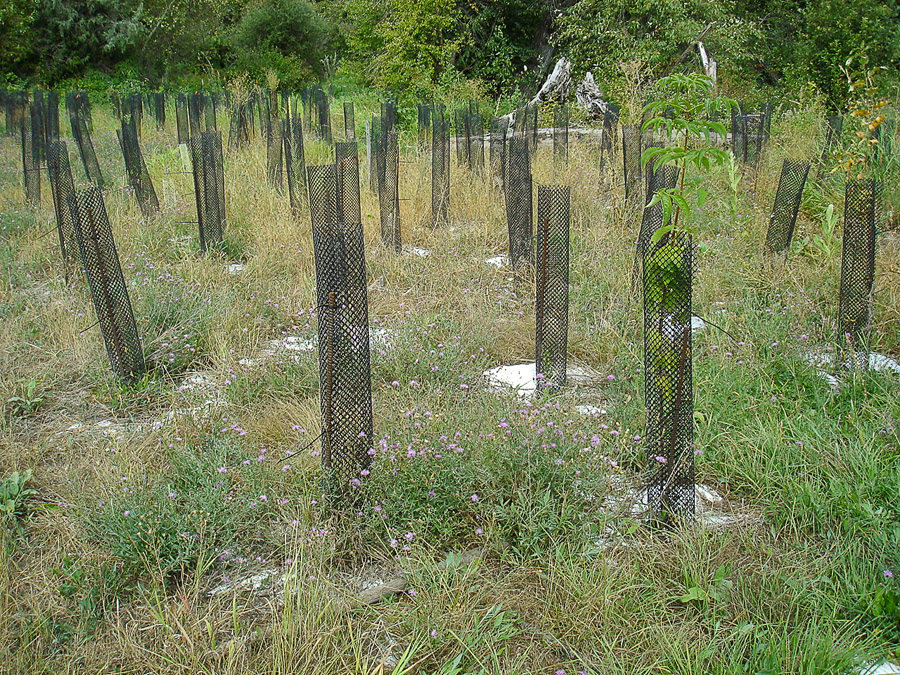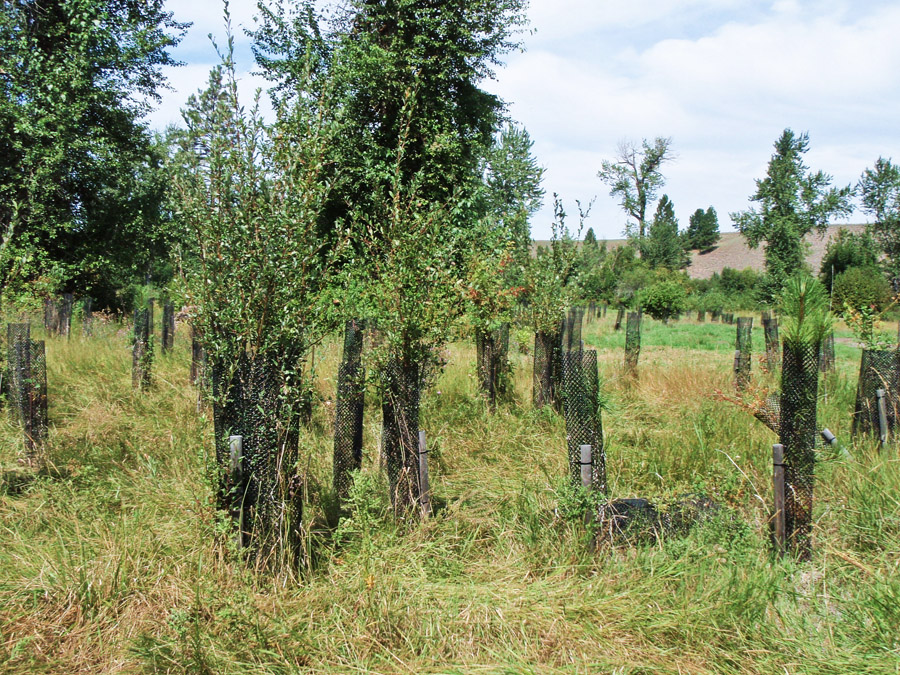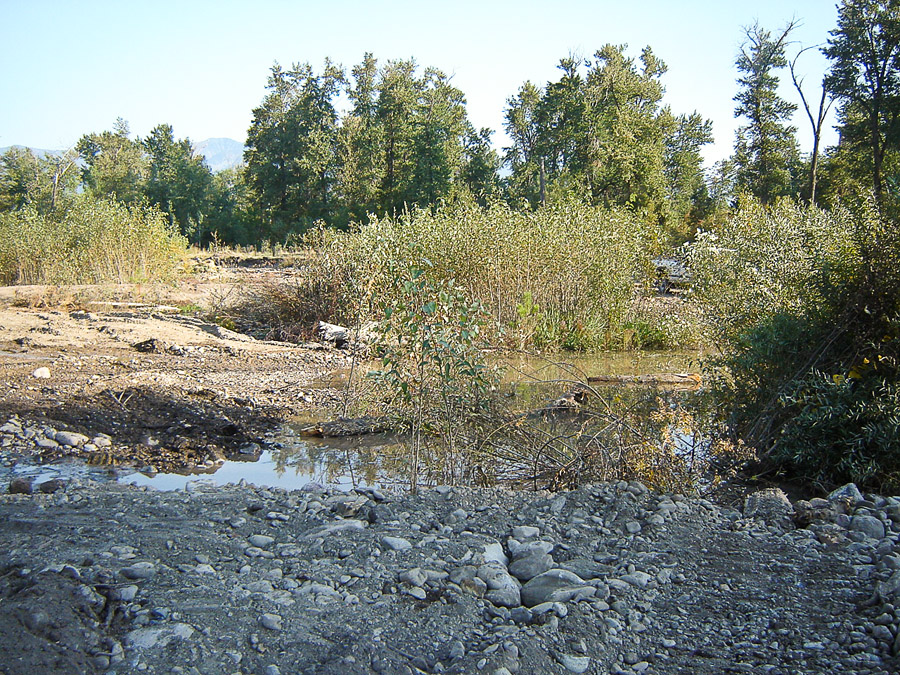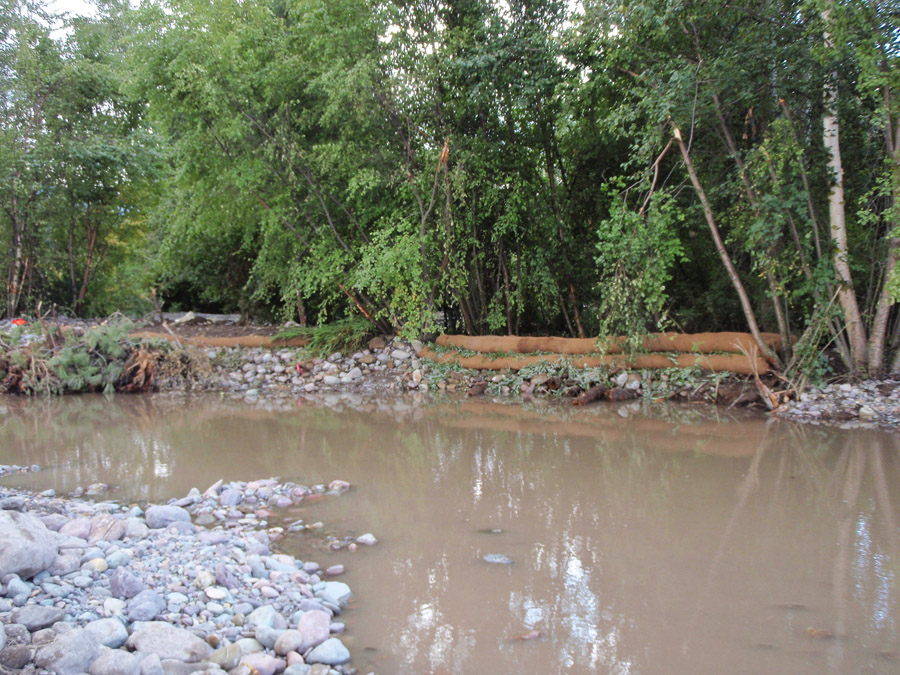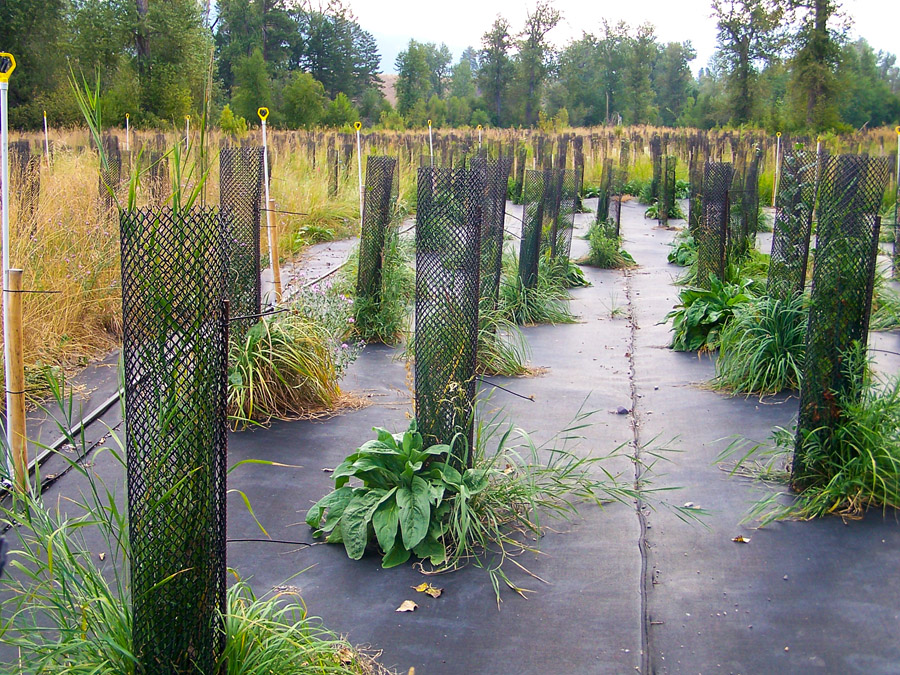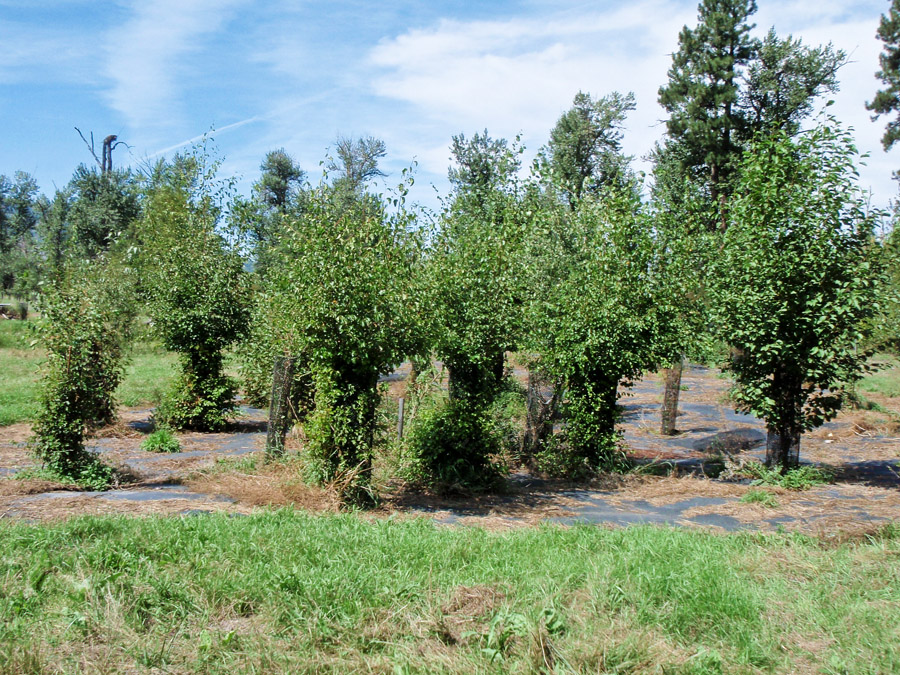Project Summary
Geum Environmental Consulting, Inc. assisted the Confederated Salish and Kootenai Tribes in developing the Jocko River Master Plan, the Tribes’ guiding document for restoration planning in the Jocko watershed. The document includes input from a wide array of disciplines including hydrology, geomorphology, fisheries, botany, ecology, and others. The Jocko River Master Plan describes the historical, existing, and desired future condition of the Jocko watershed and uses this information to set restoration project priorities and determine appropriate restoration actions in the Jocko watershed. The document also includes descriptions of a suite of restoration techniques for various channel types, streambanks and floodplains. The Jocko River Master Plan adopts an adaptive management approach to restoration where monitoring results and lessons learned are studied and applied to new restoration projects.
The Jocko River Master Plan is available at Jocko River Restoration Project (csktnrd.org).
Demonstration Reach Project
The Demonstration Reach project near Arlee, Montana was the first restoration project in the Jocko watershed completed by the Confederated Salish and Kootenai Tribes using strategies and priorities from the Jocko River Master Plan. Phase I of the Demonstration Reach project area was constructed in 2004. Phase II of the Demonstration Reach was constructed in 2008, and incorporated lessons learned from the Demonstration Reach Phase I and other restoration projects in the Jocko watershed.
Geum Environmental Consulting, Inc. developed detailed revegetation plans for these restoration projects that integrated with channel re-alignment and floodplain designs developed by WestWater Consultants and River Design Group, in cooperation with the Confederated Salish and Kootenai Tribes. For both Phase I and Phase II of the Demonstration Reach projects, goals included:
- Reverse the trend of channel incision,
- Re-establish the connection between the active channel and the historical floodplain, and
- Restore native plant communities to riparian and floodplain areas.
Restoration Strategies for Phases I and II included:
- Channel reconstruction to an appropriate stream type at the historical floodplain elevation
- Temporary stabilization of the new channel using structures to mimic natural channel features
- Streambank bioengineering to allow vegetation to establish on high shear stress streambanks
- Restoration of floodplain roughness and structural complexity
- Restoration of native plant communities in the floodplain, along streambanks, and in off-channel wetlands
- Control of weeds and invasive plant species
